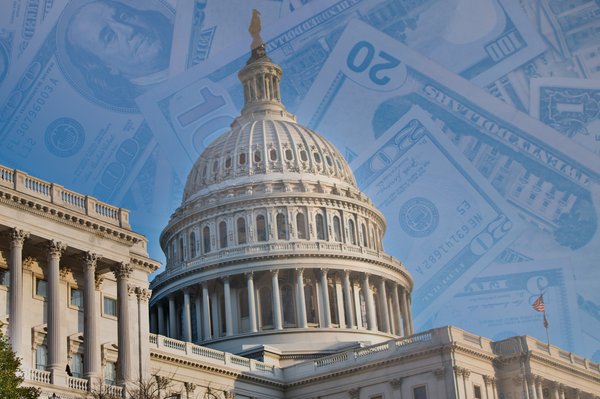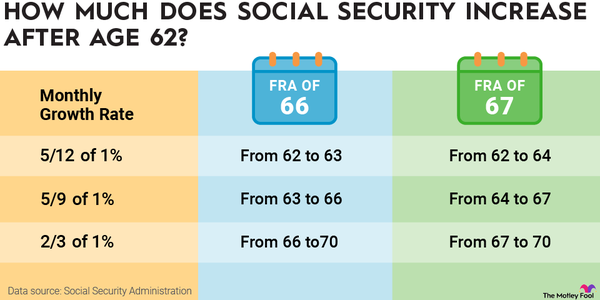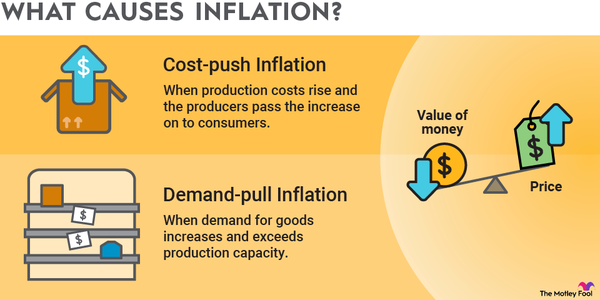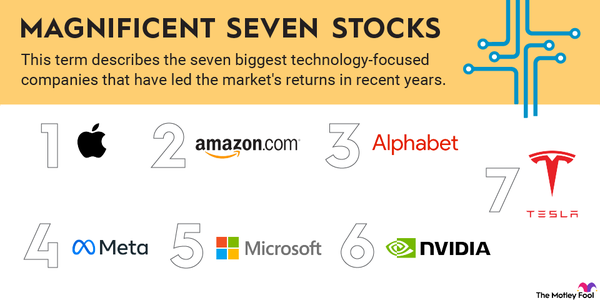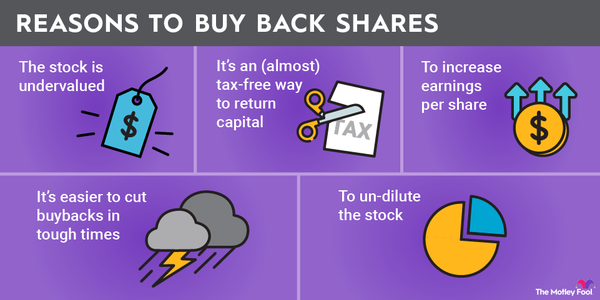The U.S. Trade Balance with Every Country
In 2024, the United States had a goods trade deficit with 92 countries and a surplus with 111 countries. Overall, it ran a $1.2 trillion trade-in-goods deficit that year.
The map and table below show the United States 2024 goods trade balance -- the difference between its imports and exports -- with every country.
The largest trade deficits held by the United States in 2024 were with China (-$295 billion), Mexico (-$172 billion), Vietnam (-$123 billion), Ireland (-$87 billion), and Germany (-$85 billion).
The United States had its largest trade surpluses with The Netherlands ($56 billion), Hong Kong ($22 billion), the UAE ($19 billion), Australia ($18 billion), and the United Kingdom ($12 billion).
The U.S. Trade Balance with Canada
The U.S. trade balance with Canada
The United States had a -$64 billion goods trade deficit with Canada in 2024. The U.S. has had a trade deficit with Canada for decades, and it has steadily grown over time. The trade deficit was -$8 billion in 1990. That widened to -$53 billion in just 10 years. The U.S. trade deficit with Canada peaked in 2022 at -$78 billion.
The U.S. Trade Balance with Mexico
The U.S. trade balance with Mexico
The United States had a -$172 billion goods trade deficit with Mexico in 2024, a record for the bilateral relationship and the second-largest trade deficit for the United States behind China. The United States last had a trade surplus with Mexico in 1994, of just over $1 billion. The trade deficit has quickly expanded since then.
The U.S. Trade Balance with China
The U.S. trade balance with China
The United States had a -$295 billion goods trade deficit with China in 2024. That’s about $130 billion off the peak deficit, which was $418 billion in 2018. The trade deficit with China has rapidly expanded since 2001, when it joined the World Trade Organization.
The U.S. Trade Balance with the EU
The U.S. trade balance with the European Union
The United States had a -$236 billion goods trade deficit with the EU in 2024. The U.S. last had a surplus with the EU, in its current makeup, in 1991. The deficit since then has quickly grown.
The U.S. Trade Balance with its Top Trading Partners
The U.S. trade balance with its top trading partners
The top U.S. trading partners in 2024 by total goods value were the EU ($980 billion), Mexico ($840 billion), Canada ($762 billion), China ($582 billion), and Japan ($228 billion).
The graphs below show how trade with those countries and the United States’ next five largest trading partners by total trade nets out.
Do Trade Deficits Matter?
Do trade deficits matter?
Looking at the data, the questions of why the U.S. runs such a large trade deficit with so many countries and whether trade deficits matter likely come up. The answers to those questions are subject to debate, but there are some big-picture explanations.
The United States runs a large, consistent trade deficit because of its relatively high rate of domestic consumption, its low savings rate, and the strength of the U.S. dollar. Other factors, like high labor costs in the U.S. relative to the rest of the world and U.S. consumers spending more than those in other countries, also contribute.
In short, the United States spends more than it makes, and a lot of that spending necessarily ends up on foreign products.
Some argue that the United States should raise its tariffs on foreign goods to balance the trade deficit.
Whether the trade deficit matters depends on who you ask. Some argue that trade deficits are proof of unfair foreign trade practices that have harmed U.S. workers and businesses. Others point to the trade deficit as contributing to the overall U.S. debt, which they say could weaken the economy over the long term.
Not all economists think the trade deficit matters, however. Those on this side of the debate say the trade deficit is a function of a strong economy in which consumers spend more and foreign investors park their cash. Running a trade surplus, they claim, would weaken the U.S. dollar, which could remove the United States as the anchor and engine of the global economy and weaken it geopolitically as well.
Others point out that much of the debate over the trade deficit focuses on trade in goods but not services, which play a much larger role in the U.S. economy. In fact, the U.S. has a trade-in-services surplus with many countries.
The bottom line is that there are downsides to the trade deficit, like the loss of jobs in some sectors and contribution to the national debt -- but there are upsides as well in the form of cheaper foreign goods, foreign investment, and maintaining the dollar as the global reserve currency. The key question, then, is how to manage that balance.
The Motley Fool has a disclosure policy.






























































